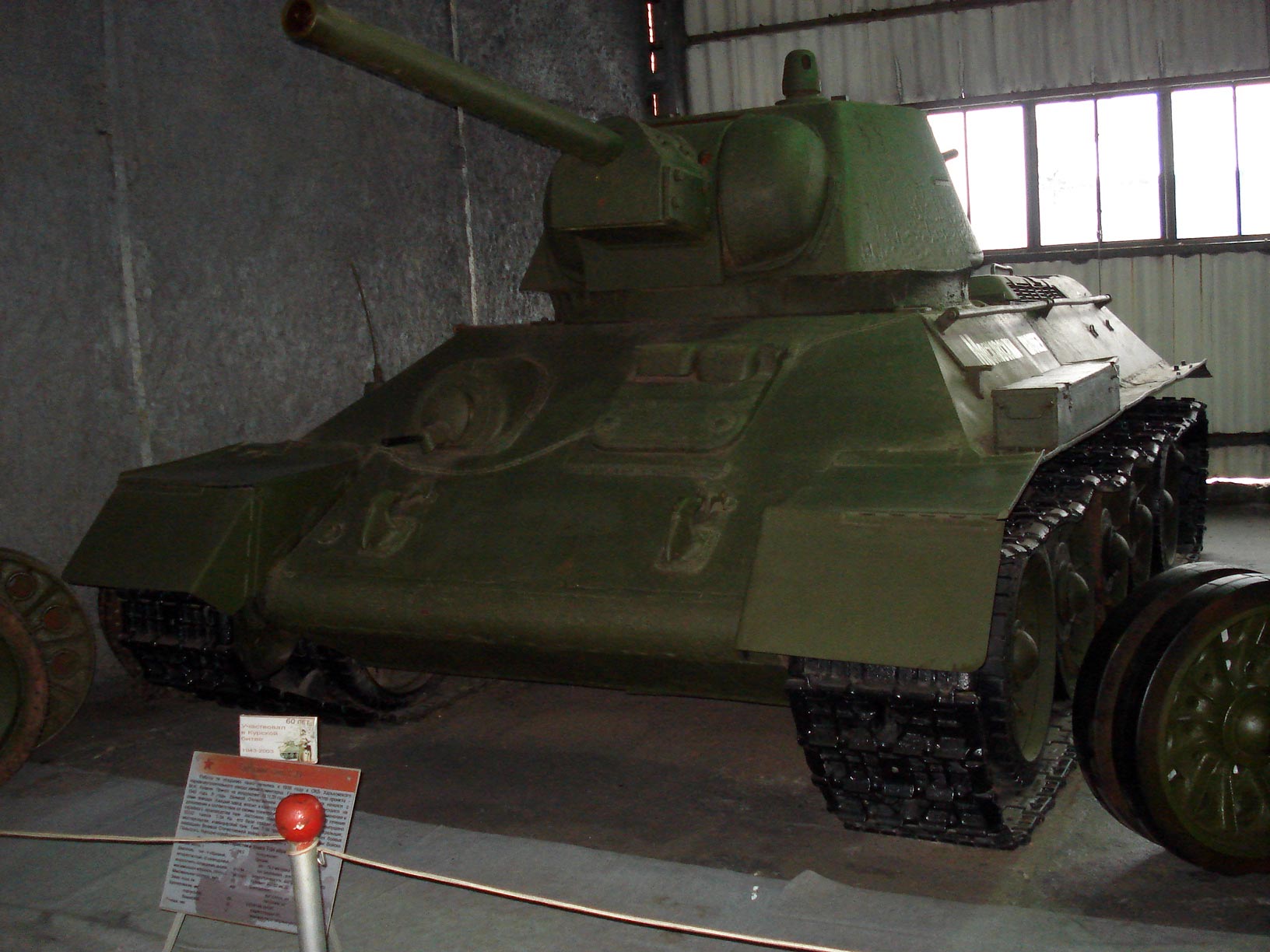WW2 famous T-34 “Moscow Pioneer”
Work on the creation of the tank began in 1938 at the Design Bureau of the Kharkov Locomotive Plant named after the Comintern. Adopted on November 19, 1939. Serial production began in 1940. During the war years, the tank was produced at seven plants. Each plant introduced some changes and additions to the tank design in accordance with its technological capabilities. A total of 35,312 T-34 tanks were produced. On its basis, a flamethrower tank (OT-34), a minesweeper tank, a layman, and a command tank were created. Currently, only a few dozen of this early model (76 mm) have survived in the world.
German intelligence worked very well before the war, but the appearance of this tank “missed”.
“Their T-34 was the best in the world,” these are the words of Field Marshal Kleist. The appearance of the T-34 tank on the battlefield shocked the German command. Successful “rational” armor tilts, a powerful 76.2 mm gun, a diesel powerplant and wide tracks are an incomplete list of the obvious advantages of our famous tank over its adversary, the German T-II and T-III with 50 mm guns. . In the fall and winter of 1941, the crews of German tanks with grim envy watched as the T-34 confidently maneuvers through the mud and deep snow, while their tanks confidently … got stuck.
It was these T-34s, and not T-34-85, who participated in the Battle of Moscow, Defense of Leningrad, the Battle of Stalingrad and the Kursk Bulge. And almost all of them died heroically during the war, since in 1944 the USSR began production of the new T-34 with a large turret and 85 mm cannon. Most of the early T-34 (76) tanks were found not so long ago at battlefields and took their rightful place as monuments in tank factories or museums, including Kubinka, Prokhorovka and Poklonnaya Gora.
The history of the tank “Moscow Pioneer”
In November 1942, the All-Union Sunday was held, which was attended by over 10,000 pioneers of the Moscow city and regional organizations. Earned money went to the tank column “Moscow Pioneer” as part of the 215th tank regiment. In the offensive in the winter of 1943, several tanks, including the Moscow Pioneer, were in “irretrievable” losses.
In the summer of 1997, the Pskov regional search association “Panther Track” based on the testimonies of local residents (including one veteran tanker, a participant in these battles) near the village of Senkov at an 8-meter depth, a tank was discovered. In early March 2000, after preliminary work to drain and install “anchors”, the tank was successfully pulled out of the swamp to land. On the driver’s seat lay the remains of a crew member. This was Sergeant Lukoyanov, the driver of the Moscow Pioneer tank, which is now buried in the museum.
Features of this model
Chassis: front and rear rollers are rubberized, middle ones are steel, without rubber tires.
Learn more about Russian WW2 Eastern Front the famous battlefields? Our special team exculsive WW2 battlefield tours from Moscow

